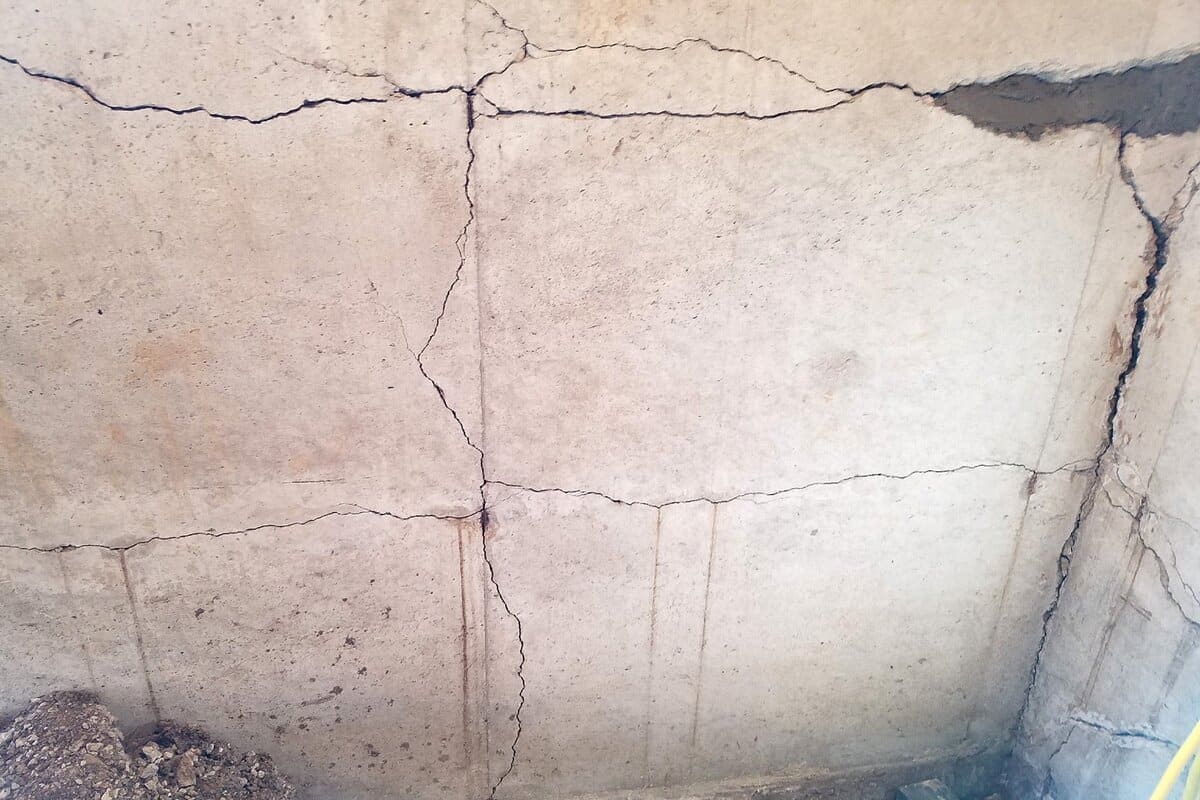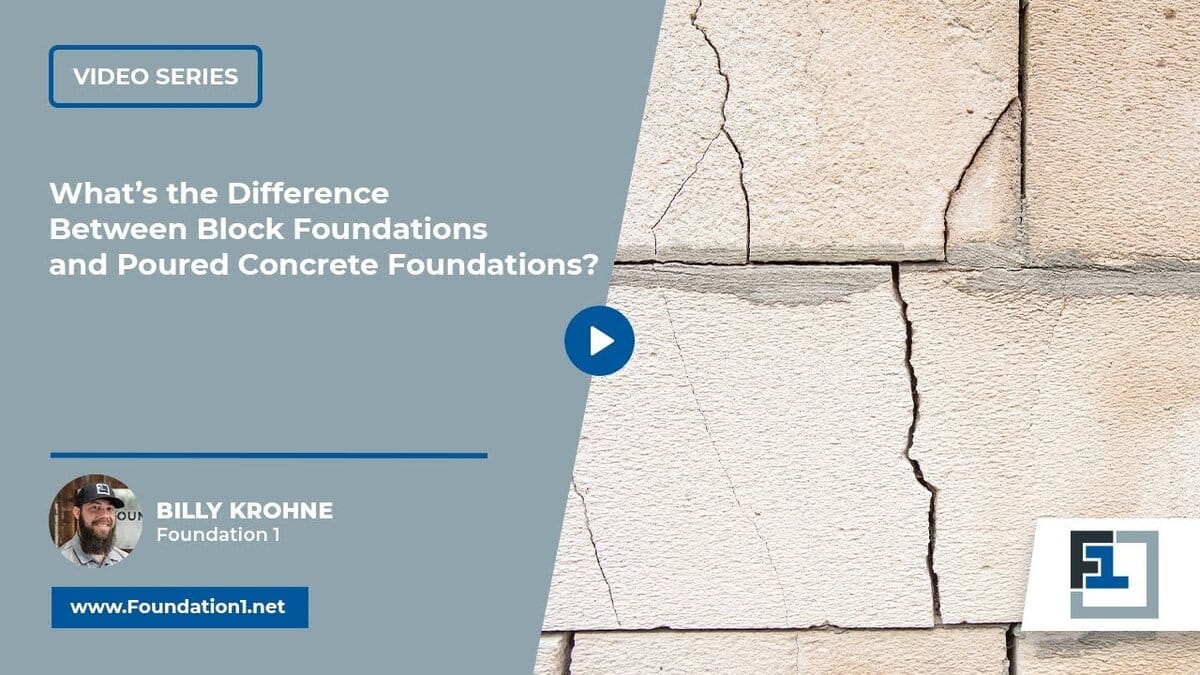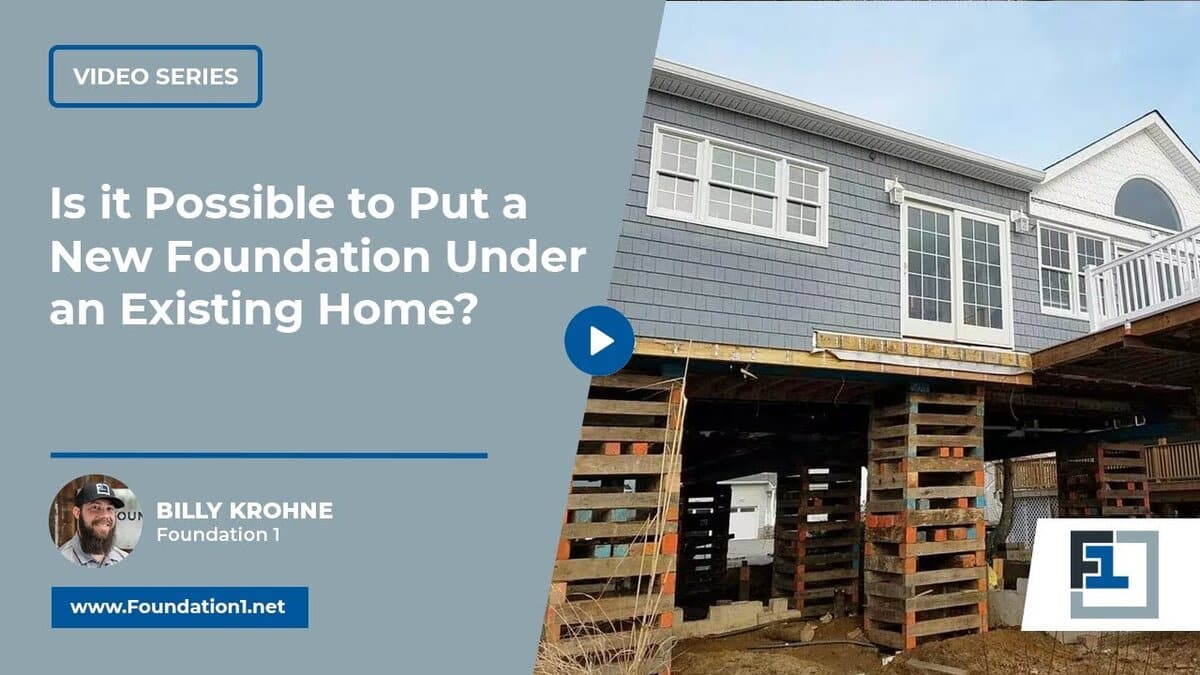Foundation settlement occurs when the footings of your foundation sink, often due to dry weather or droughts, resulting in a lack of moisture in the soil. This issue can lead to significant structural problems within your home if not addressed promptly. In this article, we’ll explore the causes, prevention methods, and solutions for foundation settlement, ensuring your home remains stable and secure.
Causes of Foundation Settlement
Drought and Dry Weather
The primary cause of this foundation problem is typically prolonged periods of dry weather or droughts. When the soil around the foundation lacks moisture, it contracts, leading to the sinking of the footings. This phenomenon is especially common in regions prone to arid climates or seasonal droughts.
Poor Building Practices
In some cases, foundation settlement can be attributed to poor building practices. Improper soil compaction or inadequate foundation design may exacerbate the effects of dry weather, increasing the likelihood of settlement issues over time. It’s essential to ensure that construction follows industry standards and guidelines to mitigate these risks.
Prevention Methods
Soil Moisture Management
One effective way to prevent foundation settlement is by managing soil moisture levels around the foundation. During dry periods, it’s crucial to water the soil directly around the foundation, extending approximately 8 feet outward. By keeping the soil adequately moist, you can minimize contraction and mitigate the risk of settlement.
Proper Drainage and Grading
Another key preventive measure is to ensure proper drainage and grading around your home. Effective drainage systems and correctly graded landscapes help channel water away from the foundation during wet periods, reducing the likelihood of soil erosion and settlement. Regular maintenance of gutters, downspouts, and drainage channels is essential to uphold optimal drainage conditions.
Solutions for Foundation Settlement
Foundation Repair Techniques
When foundation settlement occurs, prompt action is necessary to prevent further damage to your home. Various foundation repair techniques, such as underpinning, slabjacking, or piering, can help stabilize the foundation and restore structural integrity. These methods involve lifting and supporting the affected areas to counteract the effects of settlement and prevent future issues.
Soil Stabilization
In addition to repairing the foundation, addressing underlying soil instability is crucial for long-term stability. Soil stabilization techniques, such as chemical treatments or soil compaction, can help enhance the soil’s load-bearing capacity and reduce the risk of settlement recurrence. Consulting with a qualified soil engineer or geotechnical expert can provide valuable insights into the most effective stabilization methods for your specific situation.
Maintaining Structural Integrity
Once foundation settlement issues have been addressed, ongoing maintenance is essential to preserve the structural integrity of your home. Regular inspections, especially after significant weather events or changes in soil conditions, can help detect potential issues early and prevent costly repairs. Additionally, following preventive maintenance guidelines, such as maintaining proper drainage and moisture levels, can help mitigate future settlement risks.
In Summary
Foundation settlement poses significant risks to the stability and safety of your home, but understanding the causes and implementing preventive measures can help mitigate these risks. By managing soil moisture, ensuring proper drainage, and addressing settlement issues promptly, you can safeguard your home against structural damage.
If you have any questions, don’t hesitate to contact us. We’re here to help and guide you through every step of the process.




